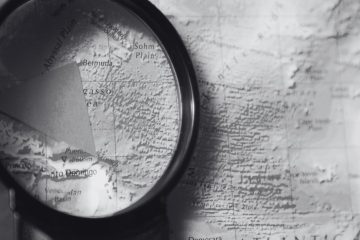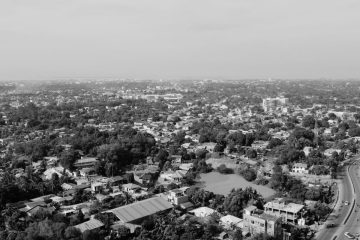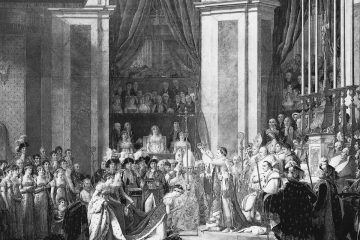What Happened On August 31st?
In the early hours of August 31, 1997, just after midnight, Princess Diana, Dodi Fayed, their driver Henri Paul, and bodyguard Trevor Rees-Jones left the Ritz Hotel, attempting to escape the relentless paparazzi. Their decision to take an alternate route through Paris led to a devastating end.
Henri Paul, intent on outpacing the photographers, sped through the streets of Paris. As they approached the Pont de l’Alma tunnel, the speed of the black Mercedes-Benz S280 exceeded 60 mph, far above the legal limit. The tunnel, infamous for its sharp turn and narrow lanes, had a history of accidents, which made it particularly treacherous at high speeds.
The car swerved out of control and crashed into the 13th pillar of the tunnel with deadly force. The impact crushed the vehicle’s front end, trapping those inside. Dodi Fayed and Henri Paul died instantly, while Trevor Rees-Jones, the only one wearing a seatbelt, survived but suffered severe injuries. Princess Diana, critically injured, lay in the wreckage as emergency responders arrived. Diana whispered her last words, “Oh my God, what’s happened?” to one of the rescuers, reflecting the chaos and terror in her final moments.
Photographers’ cameras continued to flash amid the chaos inside the tunnel, even as the wreckage smoldered. Emergency teams worked frantically to free Diana from the mangled car. They rushed her to the Pitié-Salpêtrière Hospital, where doctors fought to save her life. Despite their efforts, Diana succumbed to her injuries at 4:00 AM, leaving the world in disbelief.
Immediately, the public demanded answers about the role the paparazzi played in the crash. Witnesses reported that some photographers continued snapping pictures instead of assisting, which fueled the public’s outrage. French law at the time did not clearly define their actions as criminal, so the legal consequences for these photographers remained minimal. The legal system ultimately found no direct evidence that the photographers’ actions caused the crash, leaving many dissatisfied with the outcome.
The photographers had pursued Diana and Dodi relentlessly throughout the day, which forced them to alter their plans multiple times in a bid to avoid being photographed. Henri Paul had initially planned to use a different car, but he switched to the black Mercedes-Benz at the last minute—a decision that proved fatal.
Henri Paul, the driver responsible for Diana’s safety, became a focal point of the investigation. Paul had worked at the Ritz Hotel for over a decade and had earned a reputation as a trusted security professional. However, surveillance footage from the hotel showed him behaving unusually that night, appearing relaxed and even joking with staff. Despite his apparent calm, toxicology reports later revealed that Paul had a blood alcohol level three times the legal limit, which raised serious doubts about his ability to drive safely. Investigators also discovered that Paul had been on the payroll of French intelligence, a detail that added another layer of intrigue to the already complex narrative.
The presence of prescription drugs in Paul’s system further impaired his judgment. Some investigators discovered that the speedometer in the crashed Mercedes had stuck at 121 mph, suggesting an even higher speed than initially reported. However, this evidence remained controversial, as others argued it could have resulted from the impact rather than an accurate measure of speed at the time of the crash.
In London, mourners gathered outside Kensington Palace, leaving flowers, notes, and mementos in her memory. The overwhelming volume of tributes at the palace gates reflected the depth of the public’s sorrow. The outpouring was so immense that the weight of 60 million blooms crushed the grass beneath them, and it took weeks for the area to return to normal after clearing the tributes.
The British Royal Family, staying at Balmoral Castle in Scotland with Diana’s sons, Princes William and Harry, faced intense public scrutiny. The monarchy’s initial response, perceived as distant and unfeeling, angered many who had expected a more immediate display of mourning. With public pressure mounting, Queen Elizabeth II eventually made a televised address, paid tribute to Diana, and acknowledged the collective grief. This was only the second time in her reign that the Queen had made a televised address to the nation during a time of crisis—the first being during the Gulf War.
Throughout her life, Diana lived under constant media scrutiny. From her engagement to Prince Charles in 1981, she became one of the world’s most photographed women. The paparazzi pursued her relentlessly, often crossing boundaries in their quest for exclusive images. This unyielding attention took a toll on Diana, contributing to the struggles she faced in her personal life. Few knew that Diana once told a confidant that she felt as if she were being “hunted,” a sentiment that tragically became all too real in the final hours of her life.
In her later years, Diana openly criticized the media’s intrusion. She called the press “the enemy” and sought ways to protect her privacy, including relinquishing her royal title after her divorce. Despite these efforts, she remained a target, and the paparazzi’s pursuit continued until her final moments. The car that took Diana on her final journey had been spotted earlier in the week with the same paparazzi trailing it, as if it were a prelude to the tragic events that would follow.





